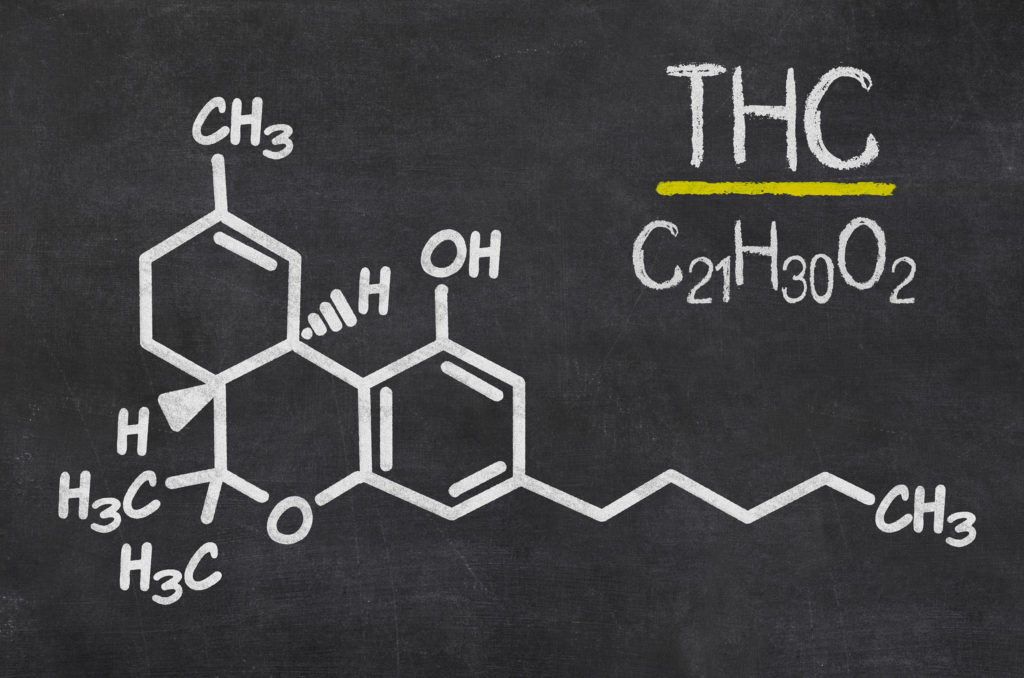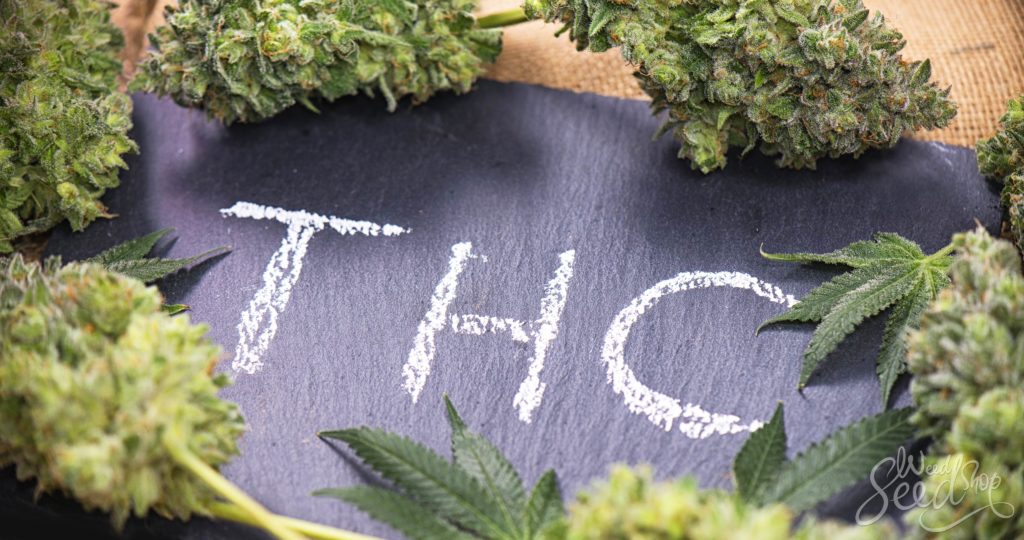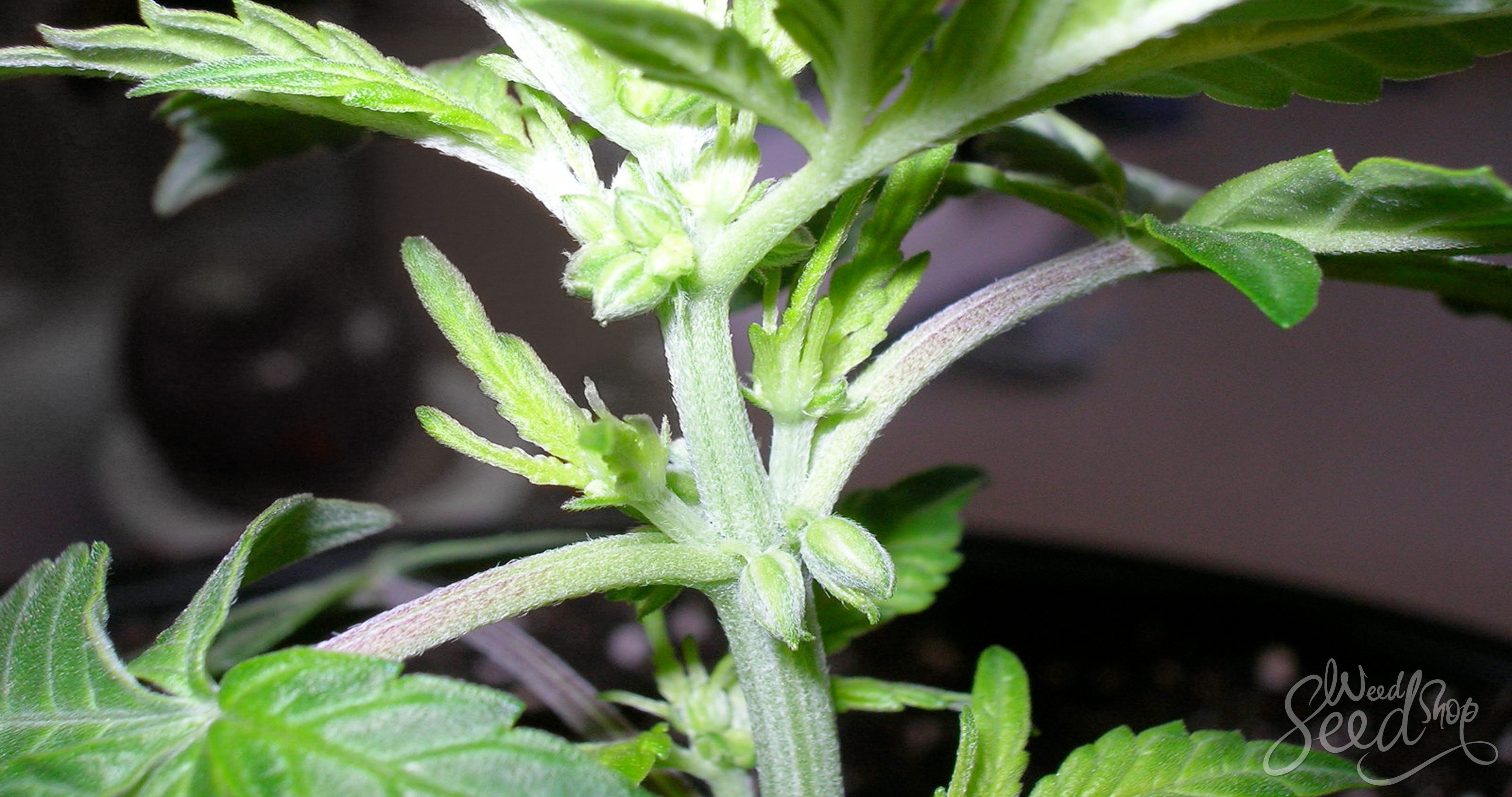THC is a token term in the marijuana world, and everybody knows it is what is responsible for making users high. But how does that work, and what else does THC do in the body? This article is for all of those who want to know more about marijuana’s most famous cannabinoid, THC.
Whether we are smokers, eaters, sellers or growers of cannabis, THC (Tetrahydrocannabinol) is a term that has come our way many times before. Even those who oppose cannabis are familiar with the (in)famous THC. It is probably one of the best-known molecules in the world, and not without reason. It is the main psychoactive component of cannabis.
There is a lot more to THC than just the fact that it makes you high. Its discovery and interaction with the body are profound, and this compound has a magical story within human history.
The discovery of THC and the endocannabinoid system
THC was discovered first by the Israeli scientist, Raphael Mechoulam in 1964. This discovery is arguably one of the most monumental in modern medical history, although that information is only just becoming widely known. After obtaining a large amount of hashish from the police, Mechoulam was able to conduct one of the first major studies on cannabis, isolating CBD and THC as cannabinoids.
This knowledge then led to the discovery of the endocannabinoid system, which is essentially the central healing mechanism of the human body; the endocannabinoid system is responsible for maintaining homeostasis in the body.
It is not necessarily located anywhere, because it affects the nervous system, the brain and many of the vital organs. It wasn’t until our knowledge of cannabinoids that we knew the body harboured this system which is so similar. This changed modern medicine entirely.
It is something special that our research into cannabis is what lead to one of the great scientific discoveries of the human body. It began a journey into the connection between cannabis and the body, and how biologically interlinked they are.
The science behind THC

Although THC is what finally ends up being ingested into the human body giving the stoned effect (and many other medical benefits), this molecule is not what is actually produced by cannabis. The cannabis plant fills its buds with THC-A as a secondary metabolite, acting as an acid.
In fact, this chemical doesn’t offer anything to cannabis to aid its growth or development. It acts as an internal immune system against viruses and parasites. THC-A is still ingestible to the body, and gives benefits to the user, but ingesting cananbis raw bypasses the high effect that stoners enjoy.
The THC-A chemical turns into the famous compound, THC, when it is heated or burned. This is why you usually smoke or vape your ganja, or when you heat (decarboxylate) your weed before using it to make edibles. The conversion of THC-A to THC occurs when it is under the stimulation of heat, thereby making you stoned just the way cannabis likes to do.
This well-known cannabinoid binds to receptors within the brain and body in one of the most perfect alchemical reactions we know of. This process begins a series of other processes in the body that have a powerful healing effect for the user.
THC and anandamide
The presence of cannabinoid receptors in the body that bind perfectly with THC puzzled scientists. There must be THC in the body if there is a receptor for it, or at least a molecule that is very similar to THC. In the 80s, it was discovered that anandamide is a neurotransmitter that is produced in the human brain.
Anandamide is sometimes coined the “bliss molecule”, getting its name from the Sanskrit word, ananda, meaning bliss or joy. This neurotransmitter is one of the many cannabinoids that is endogenous to the human body, and so it is considered to be part of the endocannabinoid system.
Anandamide has many roles from within the endocannabinoid system, affecting areas of the brain such as memory, mood, higher thought process, movement control, pain, appetite and even fertility. It has been called the bliss molecule because of its ability to create a state of heightened happiness in the user, and interestingly enough, the chemical structure of THC is almost exactly the same.
The reason that mammalian bodies loves THC so much is because it is so very close to something that has a natural healing effect on it. For this reason, our bodies are able to respond so positively to cannabis and all of its compounds.
THC makes you high
The biggest difference between THC and its cannabinoid brothers and sisters, like CBD and CBDv, is that it is the one that makes the user feel stoned. Although it has been isolated as the compound that gives the psychoactive effect, so little is known about how that actually happens. We know that when THC binds with the cannabinoid receptor, a series of processes begin that result in the user having the stoned experience that they love.
The characteristics of the stoned effect include drowsiness, elevated mood and euphoria, increased appetite, relaxation, altered spatial awareness and memory and a skewed sense of time.
For most users, this effect is desired, whereas for some it can be the cause of anxiety and paranoia. This largely depends on the chemistry of the individual using cannabis, what their natural anandamide levels are, as well as the environment in which it is being used.
There are some studies that say that THC can have negative long-term effects on the memory, although there is no conclusive evidence. Users definitely report an alteration in their short-term memory immediately after cannabis use, but we are unsure as to whether this goes on to affect the user long term.
Other than that, there are basically no long-term effects caused from THC (other than that caused by smoking rather than THC itself). The fact that a user does not experience long term effects makes this molecule important in the medical world. THC is a medicine with many benefits and few long-term side effects.
Medical properties of THC

Although THC is most well-known for its ability to make the user feel “stoned” or “high”, it gives the body many other medical benefits at the same time.
As well as being an anti-inflammatory, a warrior against auto-immune diseases, and an anti-depressant, THC has also recently been found to have an anti-tumour effect. There is so much anecdotal evidence (on the world wide web especially) proving the medicinal benefits of THC, and luckily those anecdotes are increasingly supported by scientific research.
What makes THC one of the most loved molecules is that it can do both – it can make us high and it can cure so many different ailments that are associated with so many different diseases.
We might have shied away from the medicinal benefits of THC in the past (largely due to prohibition), but the more aware of these medical properties we become, the more we fall in love with the magical herb!








Very enlightening